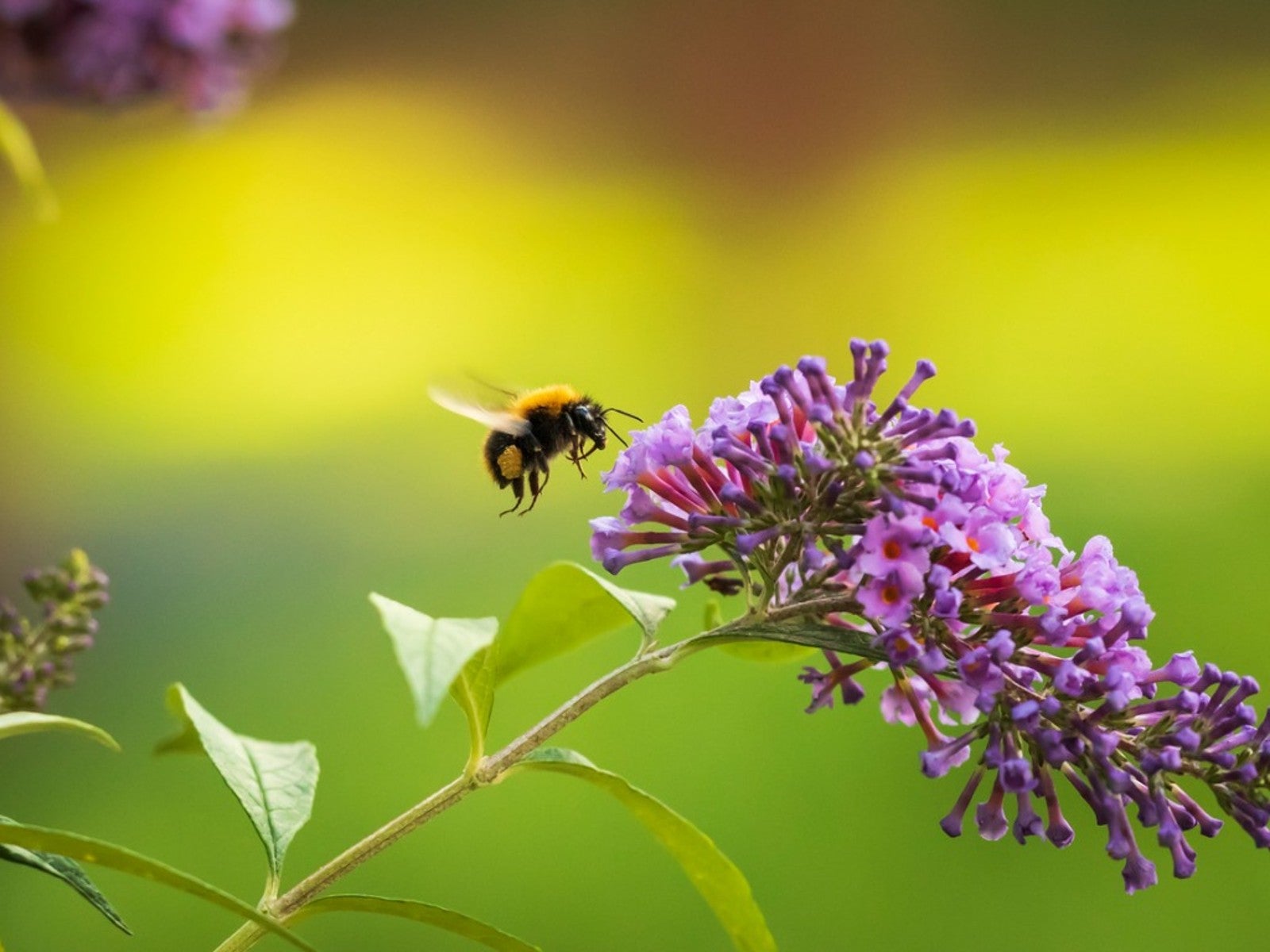Drought-Tolerant Pollinator Plants - Attract Bees With Native Plants


Planning a garden can be a daunting task. One important consideration is maintenance and upkeep. Watering is necessary for any plant, but selecting those that need little eases the chore load and is environmentally responsible. Choosing drought tolerant flowers will still attract bees and other pollinators, but without using as much water.
Tips on the Drought Tolerant Garden
Installing a pollinator garden helps feed and house important insects. Pollinator friendly plants have color or scent that is attractive to beneficial animals and insects. Several of our most important pollinating species are disappearing due to habitat loss, disease, pesticides, and other issues. Providing flowers for these organisms is part of the equation but they also need water, too. In a drought tolerant garden, plan for dish-like rocks, a water feature, or other ways to supply water. When you plant, put in large clusters of flowering plants for easier foraging. Keep the species varied and interesting to attract a wide variety of pollinators. Try to plant for blooms from spring into fall. Most importantly, do not use insecticides that could kill pollinators.
Pollinator Friendly Plants
You can use non-native plants to increase diversity, enhance color, and enrich the landscape. Ensure that plants bloom at different times of the year, so there is a steady supply of flowers to feed pollinating insects. The form of flowers should also be diverse, as some pollinators like tubular shaped blooms, while others need a flatter rayed flower from which to feed.
Annuals are a good initial offering, mixed with perennials for a more permanent supply of flowers. For instance, Nasturtium and Liatris are two very different flower shapes, with one annual and the other perennial. Leave some bare soil and items like logs out for nesting insects. Most pollinators prefer bright, sunny locations, sites where flowering plants will perform well.
Native Plant Garden Design
Using native flora encourages wild pollinators, who are used to such plants. Native plants are also well adapted to soil and weather conditions and require less intensive care than those that are introduced. There are many drought tolerant plants from which to chose.
- Penstemon
- Yarrow
- Milkweed
- Globemallow
- Columbine
- Blanket flower
- Bee Balm
- Oregon grape
- Ceanothus
- Delphinium
- Cosmos
- Foxglove
- Pasque flower
- Wallflower
- Orange honeysuckle
- Common sunflower
Gardening tips, videos, info and more delivered right to your inbox!
Sign up for the Gardening Know How newsletter today and receive a free copy of our e-book "How to Grow Delicious Tomatoes".

Bonnie Grant is a professional landscaper with a Certification in Urban Gardening. She has been gardening and writing for 15 years. A former professional chef, she has a passion for edible landscaping.